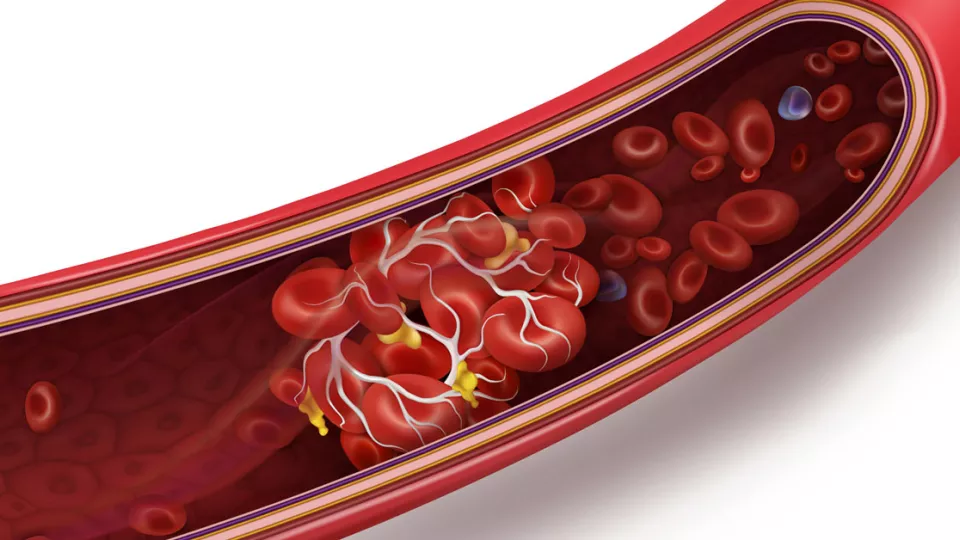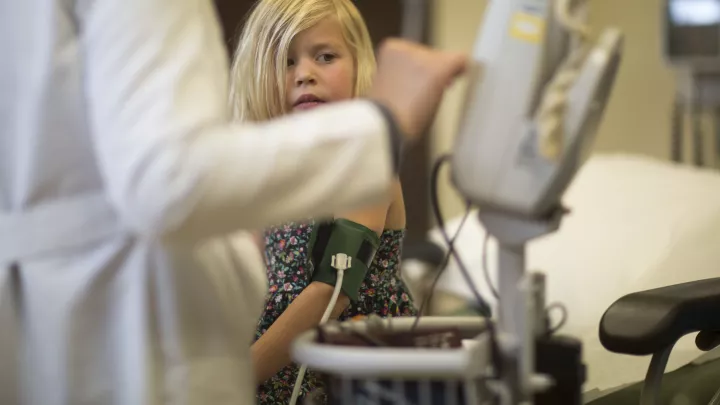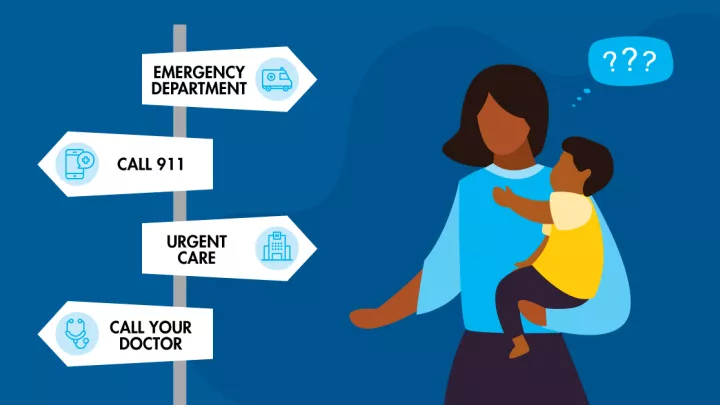
Genetic Clotting Disorders in Children
A blood clot is when blood changes from a liquid to a solid. Blood clots are good because they help your body stop bleeding. But they can form when you don’t need them in veins or arteries. You can have a blood clot in your arteries or veins in places like your arms, legs, eyes, lungs, brain or other organs.
Some kids are born with a genetic condition, which is passed down from a child's parent(s), that makes them at greater risk for a blood clot.
Types of Genetic Clotting Disorders
There are many different types of genetic clotting disorders:
- Factor V (5) Leiden
- Prothrombin Mutation
- Protein C and Protein S Deficiency
- Antithrombin Deficiency
- Elevated Homocystein
- Elevated Lipoprotein (a)
- Elevated Factor VIII (8)
- Antiphospholipid Antibody Syndrome (APLA or APLAS)
Symptoms of Blood Clots
The symptoms of a blood clot can be different depending on its location. Symptoms can also depend on if the clot happens in a vein or artery.
Symptoms of a clot in your arm or leg include:
- Pain in your arm or leg
- Swelling in your arm or leg
- Arm or leg may be warm to the touch
- Not able to move your arm or leg as well
- Discoloration or purple color of the skin
- Weak or absent pulse
Symptoms of a clot in your lung include:
- Chest pain, squeezing or heaviness (some people describe it like an elephant sitting on their chest)
- Chest pain becomes sharper when taking a breath
- Shortness of breath or you can’t catch your breath (for no reason)
- Quick breathing
- Blueness of extremities Symptoms of a clot in your brain include:
- Unable to speak normally
- Hard time moving one side of your body
- Vision changes
- Changes in your personality
- Seizures
- Headache
- Part of your face doesn’t look like the other half
Diagnosis and Treatment
- Genetic clotting disorders are diagnosed using a blood test. To diagnose a blood clot, the following tests can be used:
- Ultrasound
- MRI
- Venogram
- CT scan
Blood clots are treated using an anticoagulant, a medicine that makes the blood thinner and stops the blood clot from getting bigger. This condition is usually treated for at least 3 months, but the length of treatment depends on where the blood clot is, how it is progressing during treatment and if there are any side effects from the clot.


